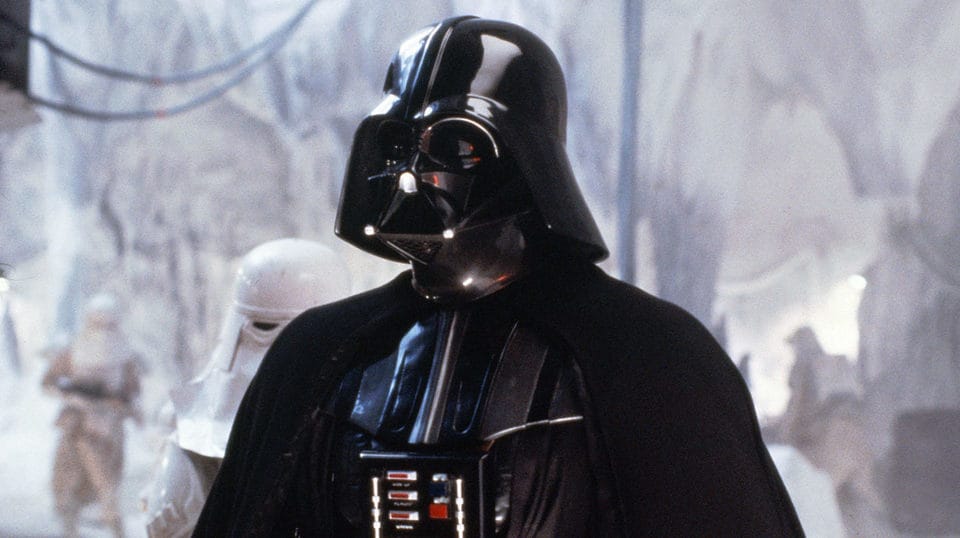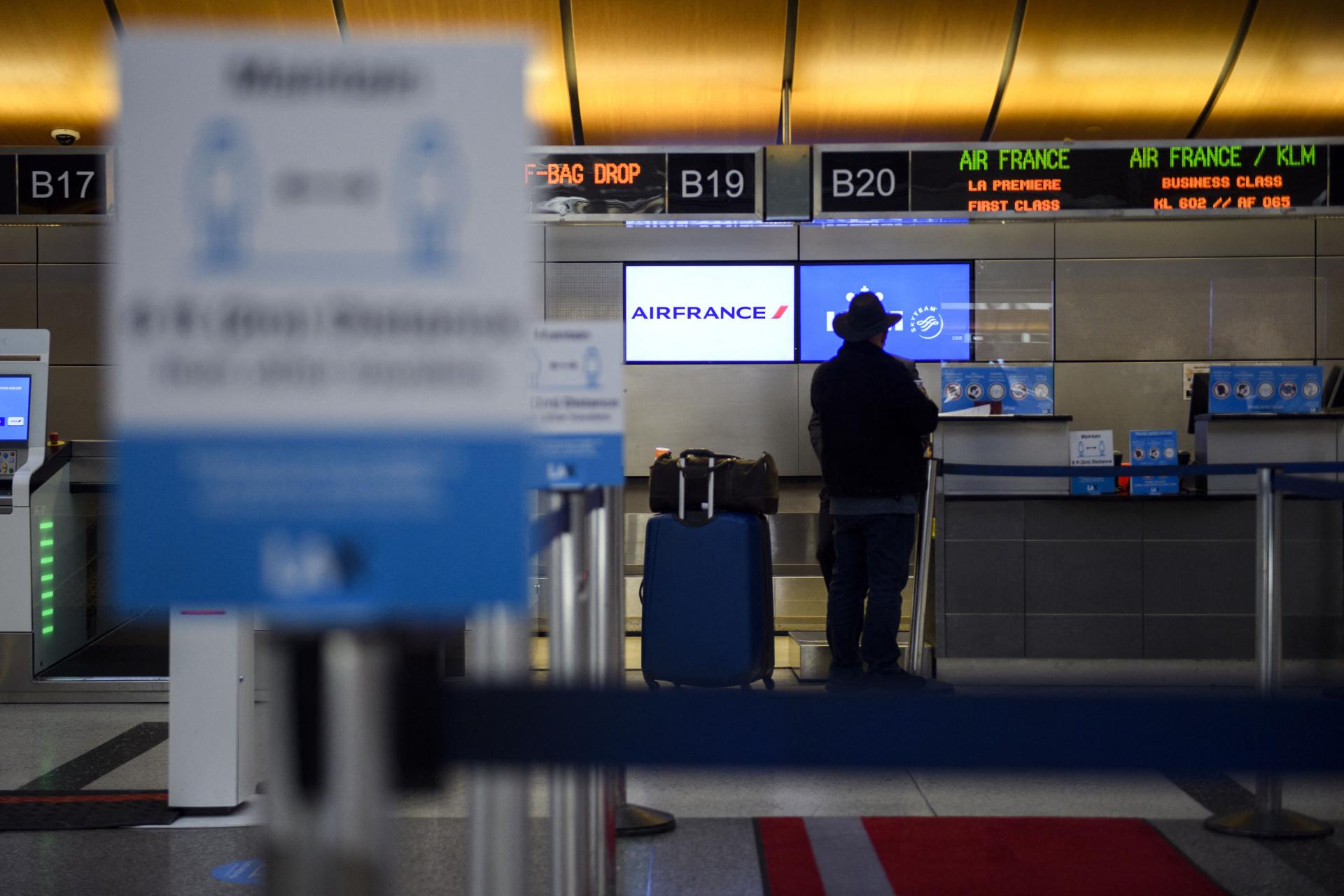The US has tightened its entry protocols in response to the new Omicron Covid strain – effective Dec 6. It affects anyone over two years old. Here’s a brief summary of the changes.
A shorter window
All inbound passengers to the US (including citizens) must now get a Covid test within just one day of their flight’s departure – previously this was three days. This applies to everyone, regardless of whether they are vaccinated. The only exemption is for those who can prove they have recovered from Covid within the previous ninety days.
What type of tests are accepted?
Compared to some countries, the US rules are pretty flexible, with most types of Covid test accepted:
- PCR – the gold standard everywhere. Brace yourself for a stick up the nose and a longer wait for the results.
- RT-LAMP tests
- TMA tests
- NEAR tests
- HAD tests
Ever wonder why the US entry rules are based on days, not hours?
It is to provide more flexibility for passengers – things get can pretty specific when you’re counting minutes.
Do pax need to quarantine on arrival?
This one has come up quite often. It’s never been mandated – the CDC recommends that international arrivals self-isolate for 7 days if you’re not vaccinated with additional testing. If you don’t want to be tested this is extended to ten days.
Mask up
Yep, at all times on an airplane. This mandate has just been extended until March 18, 2022. So, it’s not going anywhere in a hurry. Be careful too, hefty fines apply.

He was ahead of his time, but Covid safe – the rules say pax need to keep masked up until at least March next year….
New travel bans
The Omicron Covid variant was first detected in South Africa, with cases observed in several other southern African countries which is why the majority of the world jumped to implementing travel restrictions from this area. These countries include South Africa, Botswana, Eswatini, Lesotho, Malawi, Mozambique, Namibia and Zimbabwe.
The US is no exception – non-US citizens who have been in one of these places in the last 14 days cannot enter.
Crew rules
There have been no indications that the new rules will affect crew. For these, you can read the CDC guidelines here. Essentially, if you’re operating or positioning then you should be good. To dispel any confusion, it might be helpful to carry a letter from your employer along with a declaration of your exemption – the folk at NBAA prepared a form earlier this year which may be useful to get the message across.
Remember though that the exemption rules don’t apply to deadheading crew or those travelling for training, such as recurrent sims. You’ll need to meet the same requirements as pax.
Looking for official guidance? The CDC is where you need to start.
You can access that here.
More on the topic:
- More: US Ops Update: Privacy, IDs & Safety
- More: US: New Rules For Outbound Private Flights
- More: Private Flights to the US
- More: CPDLC Gotcha: Clearance Busts
- More: US Grounds All Flights After NOTAM System Failure
More reading:
- Latest: Mexico Customs Surprises: Pills, Vapes, and Laptop Rules
- Latest: Greenland NAT Alternates: Dec 2025 Update
- Latest: Crossing the Quiet South: From Australia to Argentina
- Safe Airspace: Risk Database
- Weekly Ops Bulletin: Subscribe
- Membership plans: Why join OPSGROUP?











 Get the famous weekly
Get the famous weekly 





